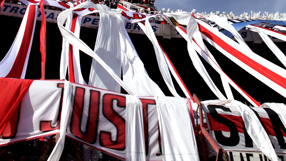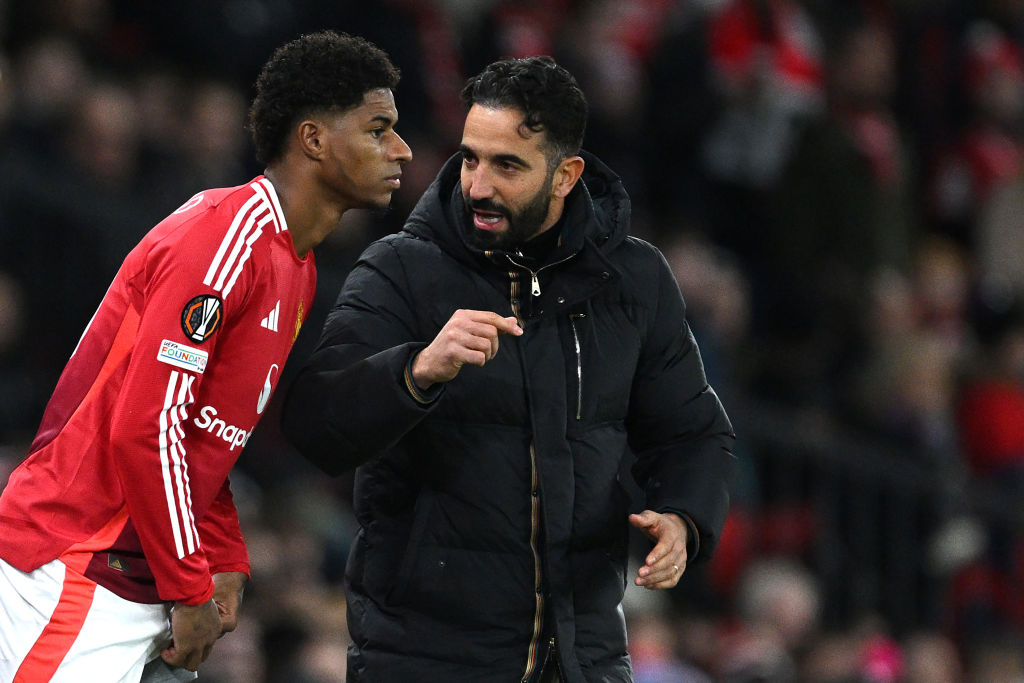River Plate reflect on past in new museum
BUENOS AIRES - River Plate, one of the world's greatest clubs, are hoping that the sight of the glories of the past in their new museum will influence the present and spark a recovery from a major slump on the field.

It is a paradox that the museum, feting the team's achievements from their foundation in the Buenos Aires docklands in 1901, should open at a time when a poor squad of players face almost certain exclusion from the South American Libertadores Cup in 2010 for the first time in 15 years.
Twice South American champions and winners of the world club crown in 1986, River Plate hold the record for national titles with 33 since the introduction of professional football in 1931.
The museum's centrepiece is a time tunnel highlighting championship seasons and the players involved. A dark stretch evokes the 18 years without a title between 1957 and 1975, a period rich in talent and playing style but riddled with runners-up spots. The tunnel emerges into a trophy room full of glittering silver cups.
There is a full-scale model of a steam locomotive crashing through a brick wall on which are painted the five members of River's famous forward line of the 1940s, a golden age of the game in Argentina, nicknamed La Maquina.
There is film of past idols, notably former European Footballers of the Year Alfredo di Stefano and Enrique Omar Sivori who made their names in Europe with Real Madrid and Juventus.
Goalkeeper Amadeo Carrizo, 83 and the club's biggest idol still alive today who helped River to win five titles in six years from 1952, said: "I played for three decades at this beautiful club and to be immortalised in the museum is enough for me."
The Monumental stadium also has its display room with a scale model of the centrepiece of Argentina's 1978 World Cup triumph and pictures of the club's previous grounds as they moved in several steps from their origins in La Boca port district.
WORLD RECORD
Get FourFourTwo Newsletter
The best features, fun and footballing quizzes, straight to your inbox every week.
River and arch-rivals Boca Juniors were both founded in La Boca but River moved out in the 1920s as their financial fortunes improved, earning them the nickname Millonarios. They held the world transfer fee record in the mid-1930s when they bought Argentina striker Bernabe Ferreyra from modest northern suburbs club Tigre.
The concrete Monumental was built between 1935 and 1938 as a horseshoe with an open end. When Sivori was sold to Juventus in 1957, River were able to finance the completion of the lower circle of the stadium and in the days when most spectators stood the capacity was 100,000.
The Monumental became the national stadium where Argentina played most of their international matches and the upper circle was completed for the 1978 World Cup.
Midfielder Norberto Alonso, a member of Argentina's 1978 World Cup-winning squad and one of the River fans' all-time favourites, said: "In each corner there are triumphs I experienced, titles, matches against Boca, all this fills me with pride and thanks for having formed part of the history of this important club."
Current coach and former midfielder Leonardo Astrada must have wandered around the museum at the recent media opening seeking inspiration for his under-performing team.
ATTACKING TRADITION
River Plate have been synonymous with good attacking football and produced some of the greatest players to have worn Argentina's colours, including current internationals Javier Mascherano, G
